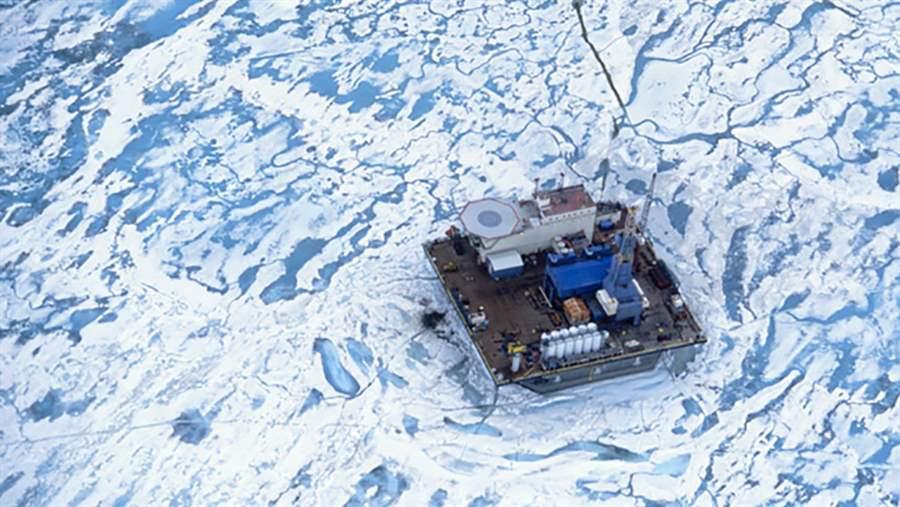Can Arctic Drilling Be Done Safely?
 © Rich Reid/National Geographic
© Rich Reid/National GeographicAerial view of frozen Beaufort Sea, oil rig and pack ice. Prudhoe Bay, Alaska.
Arctic offshore drilling should not be approved until a number of outstanding issues are addressed. First, Arctic standards for safety, oil spill prevention, and response must be in place. Second, we need evidence that industry and government agencies have enacted better management practices to avoid the drilling problems and accidents of the past. And third, we need a completed environmental impact statement for Lease Sale 193 in the Chukchi Sea that ensures the protection of the Arctic marine ecosystem.
World-class, Arctic-specific safety standards and plans for how to deal with a spill are critical. Officials at the Department of the Interior spent more than a year drafting Arctic drilling regulations, which they sent to the White House on August 15. The public's first official opportunity to comment will come only after White House approval.
In September 2013, with the involvement of many experts, Pew released its own detailed report on what standards are needed. These include:
Seasonal drilling: Arctic offshore drilling operations into hydrocarbon-bearing zones should be limited to periods when the rig and its associated spill-response system are capable of working and cleaning up in Arctic conditions. This period should include the time required to control a blowout by drilling a relief well to intercept the blown-out well and to bring it under control before winter ice moves in.
Arctic-class equipment: Vessels, drilling rigs, and facilities should be built to withstand maximum ice forces and harsh ocean conditions.
Local staging of well control and spill-response equipment: Equipment needed to control a well during a spill, such as relief rigs and containment systems, should be designed for local conditions. Equipment needed for cleaning up a spill should be sufficiently robust to remove oil caught in waters with varying amounts of ice and protect important marine mammal habitat and sensitive shorelines. All of this equipment should be located in the Arctic region.
Redundant systems: Backup blowout preventers, remotely operated controls, and other redundant systems should be installed because harsh weather or ice cover prevents logistical access and the use of most equipment for many months of the year.
Two years ago, after Shell completed its operations in the Arctic Ocean, one of the company's primary drilling rigs, the Kulluk, broke free of its tow and ran aground in Alaska. As described in more detail in Pew's Arctic Standards Report, the Coast Guard's report concluded that Shell inadequately assessed and managed the risks of towing the Kulluk, and the Department of the Interior also expressed its concerns with oversight of contractors. We need a more transparent process so the public can understand what changes have been made to ensure equipment and personnel are Arctic-ready – and that the problems that caused the mishaps and accidents of the past are being addressed.
Finally, the Lease Sale 193 environmental impact statement for drilling in parts of the Chukchi Sea must ensure the marine ecosystem is protected.
The Arctic is remote, extreme, and vulnerable. Pew is not opposed to offshore drilling. However, to achieve a balance between responsible energy development and protection of important biological and cultural areas, it is essential that appropriate standards and protections be in place first.
The National Journal poses a new question every week to experts and posts the responses on its website. This article was Marilyn Heiman’s response to "Can Arctic Drilling Be Done Safely?"











